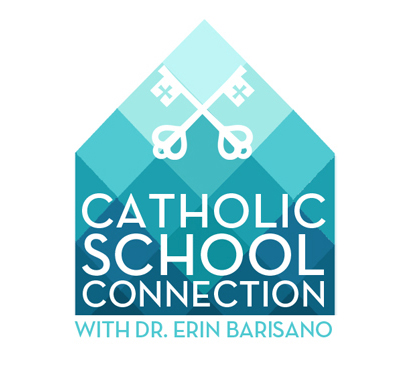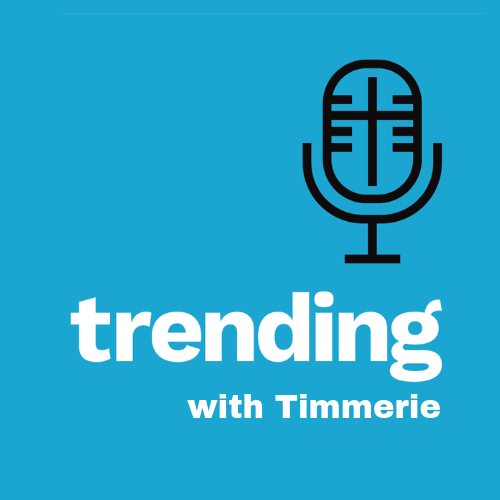There may be no better catalyst for growth in life than during times of adversity and change. As our nation works to navigate through the unchartered territory of COVID-19, the Diocese of Orange Catholic schools has met the challenge head on by moving quickly and intentionally to transition all 41 school sites to quality online distance learning.
On Friday, March 13, after closely monitoring information from the CDC and OC Health Agency, the Department of Catholic Schools, led by Diocese of Orange Superintendent of Schools Dr. Erin Barisano, made the decision to close all elementary and high school campuses effective March 16.
Immediately that afternoon, an emergency meeting was called with all principals as they began to disseminate the information to their school families and initiate a plan to launch distance learning beginning on March 18 (high schools) and March 19 (elementary schools).
With only a few days to react, teachers and administrative staff jumped into action to prepare for the transition. In partnership with Loyola Marymount University, online professional development sessions were provided to all teachers on March 17 that addressed distance learning pedagogy and best practices. Teachers and administrators began using the platform Basecamp to share information within schools and across grade levels.
While the transition from in-person learning to sustained distance learning is still in the early stages, the Department of Catholic Schools has received positive initial feedback and is confident that the level of instruction happening remotely is on par with what students receive in the classroom.
“We here at the Diocesan level knew that this was going to be a challenge…but our principals and teachers have really exceeded our expectations,” says Diocese of Orange Assistant Superintendent Dr. Denise Valadez. “It’s making them think in new and innovative ways.”
At the high school level, the nature of coursework development, in addition to online systems already in place, have made the move to distance learning a simpler transition.
For the elementary schools, many students were already working in a 1:1 technology environment. Platforms such as Zoom, Google Classroom, Seesaw and Flipgrid are being utilized by teachers as they adapt their lesson plans for remote delivery. For the students, being able to interact with their teachers and classmates has provided some normalcy during what can be a scary time.
“From the feedback I’ve [received]…when the kids saw the teacher (online) and could see their face, and the teacher could see the kids, it was just such a transformational moment,” says Director of Educational Programs Dr. Brad Snyder.
St. John the Baptist Catholic School and Mater Dei High School parent Jen Cortez-Walters initially had her doubts that a robust learning environment in her home setting would be possible. She and her husband Jesse live with their blended family of two freshmen daughters, sixth and seventh grade sons and her parents. She also watches her two nieces who are in preschool and TK.
After observing all of the kids actively and productively engaging in distance learning instruction provided by the schools, Cortez-Walters admitted she cried tears of relief and called the experience nothing short of miraculous.
“[The schools] are not holding back, and they’re still holding them accountable,” says Cortez-Walters. “The word that came to my mind is that my children were thriving.”
Beyond academics, schools are incorporating ways for students and families to connect through virtual spirit rallies, photo sharing, live stream mass services and daily prayers in an effort to strengthen community.
“It exemplifies love for one another,” says St. Bonaventure Catholic School Principal, Kim White. “This is an opportunity to elevate academics, faith formation and our family prayer life. When we come out on the other side, you will see a Diocesan community [that will] be better educators for this experience.”
The transition has not been without its challenges, as teachers and administrators are working around the clock to address issues such as technology safety, preschool programming and learning support. Since Catholic education is based on a partnership with parents, the schools will be continuing to ask for feedback through surveys and will listen to parents as they refine the distance learning delivery to meet their families’ needs.
While the COVID-19 situation and timeline remain fluid, Barisano is keeping in contact with families through a weekly video message containing updates and encouragement, and she is grateful for a Catholic school community that is willing to journey together through these uncertain times.
“I’m filled with so much pride in the way that our principals and teachers have stepped up to take initiative and respond to the needs of their school communities in a way that is very intentional, very thoughtful and mission-focused,” says Barisano. “It’s such an honor to serve alongside them.”










